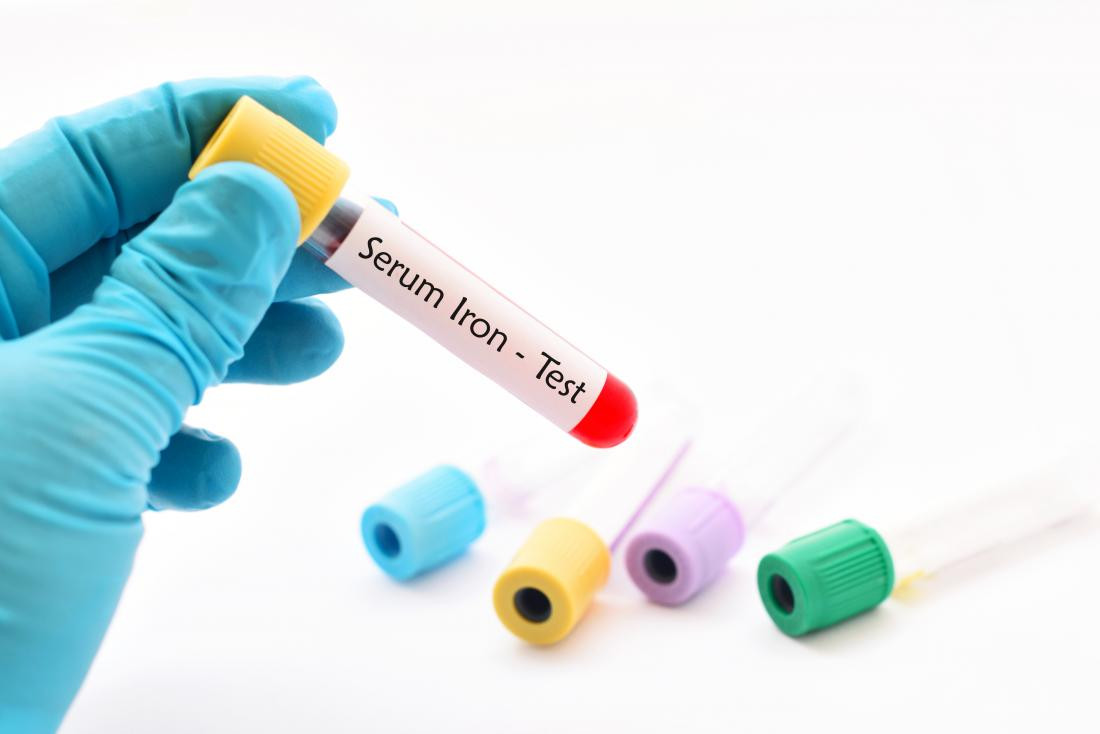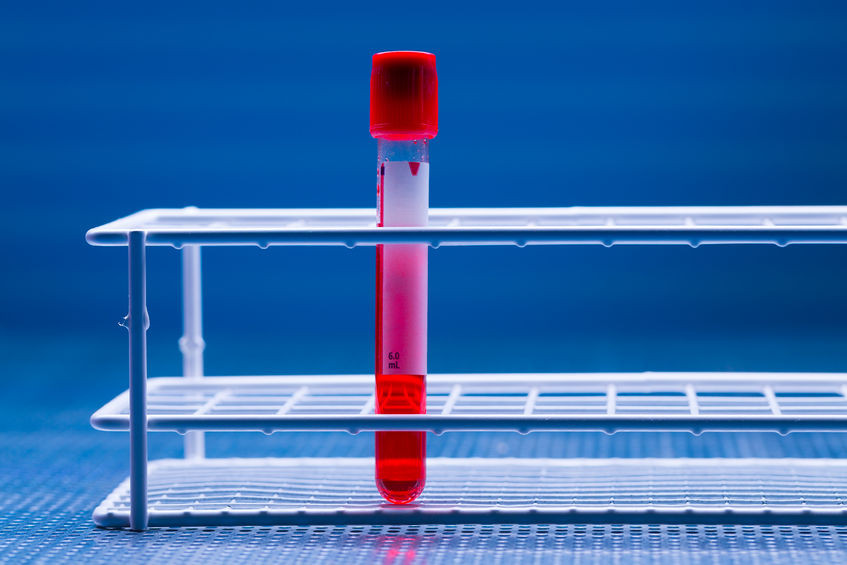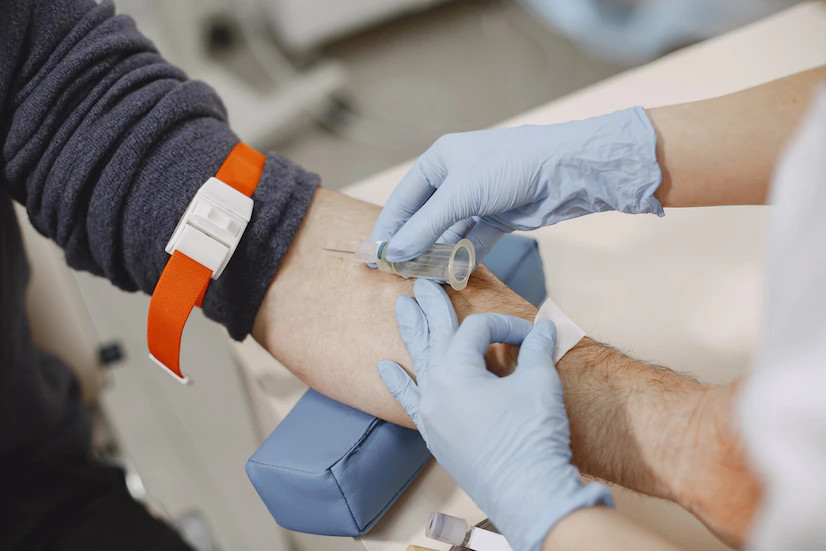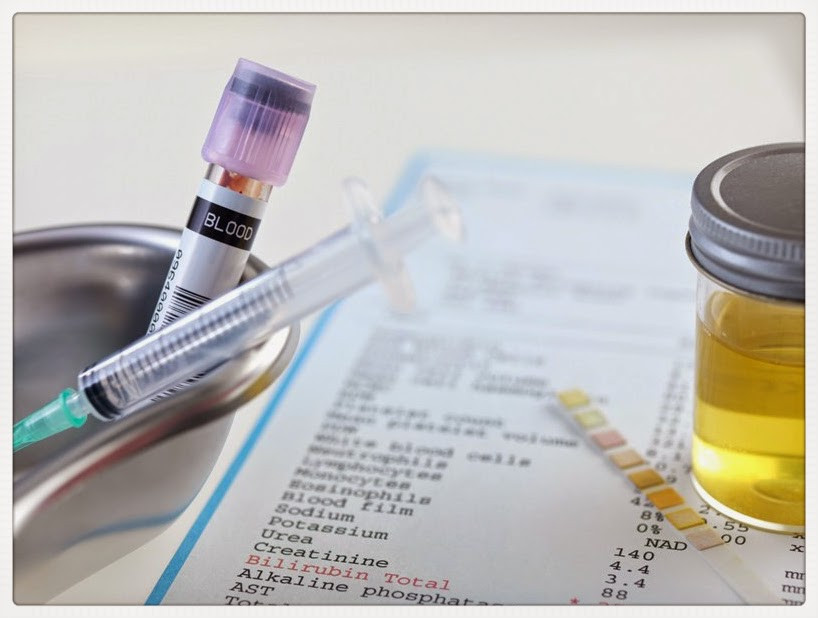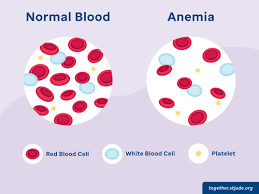Definition
The serum iron test measures the amount of iron present in the blood serum. Serum is the clear fluid left after red blood cells and clotting factors are removed from a blood sample.
Iron is a vital mineral necessary for the body’s production of red blood cells. It is an essential component of hemoglobin, the protein found in red blood cells that transports oxygen from the lungs to the rest of the body. Iron also contributes to the health of muscles, the bone marrow, and overall bodily functions.
Indication
The serum iron test is commonly included in routine complete blood count tests and is often conducted alongside other tests such as ferritin levels or Total Iron Binding Capacity (TIBC) test. This test helps diagnose anemia caused by iron deficiency or excessive iron conditions, such as hemochromatosis, and it is used for monitoring iron levels in the body.
Your doctor may recommend this test if you show symptoms related to low or high iron levels in the body, including:
-
Symptoms of Low Iron Levels:
-
Pale skin
-
Fatigue and weakness
-
Dizziness, shortness of breath, and heart palpitations
-
-
Symptoms of High Iron Levels:
-
Joint pain
-
Lack of energy
-
Stomach aches
-
Weight loss
-
Contraindication
There are no known contraindications specifically related to the serum iron test.
Preparation Before the Test
No special preparations are necessary before the serum iron test, other than fasting. You will be asked to refrain from eating for a few hours prior to the test. This test is typically performed in the morning.
It is important to inform your doctor if you are taking medications such as antacids, iron supplements, NSAIDs (nonsteroidal anti-inflammatory drugs), cholesterol-lowering drugs, blood pressure medications, gout medications, birth control pills, or estrogen. Additionally, foods high in iron (such as meat, green vegetables, nuts, and milk) can also affect the results of the test.
Test Procedure
The serum iron test is simple. Laboratory staff will clean the skin on your arm with alcohol and then draw a small amount of blood from a vein using a sterile syringe. For infants, blood sample is usually taken from the heel. The collected blood is placed into a test tube and analyzed under a microscope or using specialized laboratory equipment.
The process of drawing blood carries minimal risk. Some people may experience slight pain, dizziness, or bruising at the puncture site, but these symptoms generally resolve quickly.
Normal and Abnormal Values
The normal values for serum iron levels in adults are as follows: 60 – 170 micrograms per deciliter (mcg/dL)
-
26 – 170 mcg/dL in women
-
76 – 198 mcg/dL in men
Abnormal serum iron levels are those that fall below the lower normal limit or exceed the upper normal limit.
Results and Recommendations (Follow-up Tests)
Low Serum Iron Levels
Low serum iron levels can be associated with several factors. In women, particularly during menstruation, this can contribute to lower iron levels. Other conditions that may result in low serum iron levels include:
-
Gastrointestinal bleeding, often due to the use of NSAIDs
-
Bleeding in other parts of the body
-
Pregnancy
If your serum iron test result is low, consult with your doctor for further evaluation. You may be advised to increase your intake of iron-rich foods such as beef liver, red meat, vegetables, and grains, as well as take iron supplements to address the deficiency.
Normal Serum Iron Levels
Normal serum iron test results indicate that the body’s red blood cells are functioning optimally and that iron levels are balanced. To maintain this balance, it is important to adopt a healthy lifestyle that includes a well-balanced diet, regular physical activity, and routine health check-ups.
High Serum Iron Levels
High serum iron levels indicate that the body has an excess of iron. Several conditions can cause elevated iron levels, such as:
-
Rare inherited disorders like hemochromatosis.
-
Chronic liver diseases, including cirrhosis, liver failure, and hepatitis.
-
Hemolytic anemia, which involves abnormalities in the breakdown of red blood cells.
-
Multiple transfusions of packed red blood cells.
If your serum iron levels are high, it is important to consult with your doctor. In cases where elevated serum iron is due to chronic liver disease, it is advisable to avoid alcohol and other substances that may exacerbate liver stress.
Consult the Right Doctor
If your serum iron test results are abnormal, it is important to see a general practitioner who can provide an appropriate diagnosis and treatment plan. For more specialized care, you may also consult an internist. In the case of pediatric patients, a pediatrician can offer more detailed information and treatment options.
Looking for more information about laboratory, radiology, and other examination results? Click here!
- dr Ayu Munawaroh, MKK
Iron and Total Iron Binding Capacity. (2022). Retrieved 17 August 2022, from https://www.urmc.rochester.edu/encyclopedia/content.aspx?contenttypeid=167&contentid=iron_total_iron_binding_capacity
Iron. (2021). Retrieved 17 August 2022, from https://www.testing.com/tests/iron/
Serum Iron Test. (2018). Retrieved 17 August 2022, from https://www.ucsfhealth.org/medical-tests/serum-iron-test
Serum Iron Test : High, Low, and Normal Ranges. (2018). Retrieved 17 August 2022, from https://www.medicalnewstoday.com/articles/322083
Serum Iron Test. (2022). Retrieved 17 August 2022, from https://www.mountsinai.org/health-library/tests/serum-iron-test
Iron Test. (2022). Retrieved 17 August 2022, from https://medlineplus.gov/lab-tests/iron-tests/


